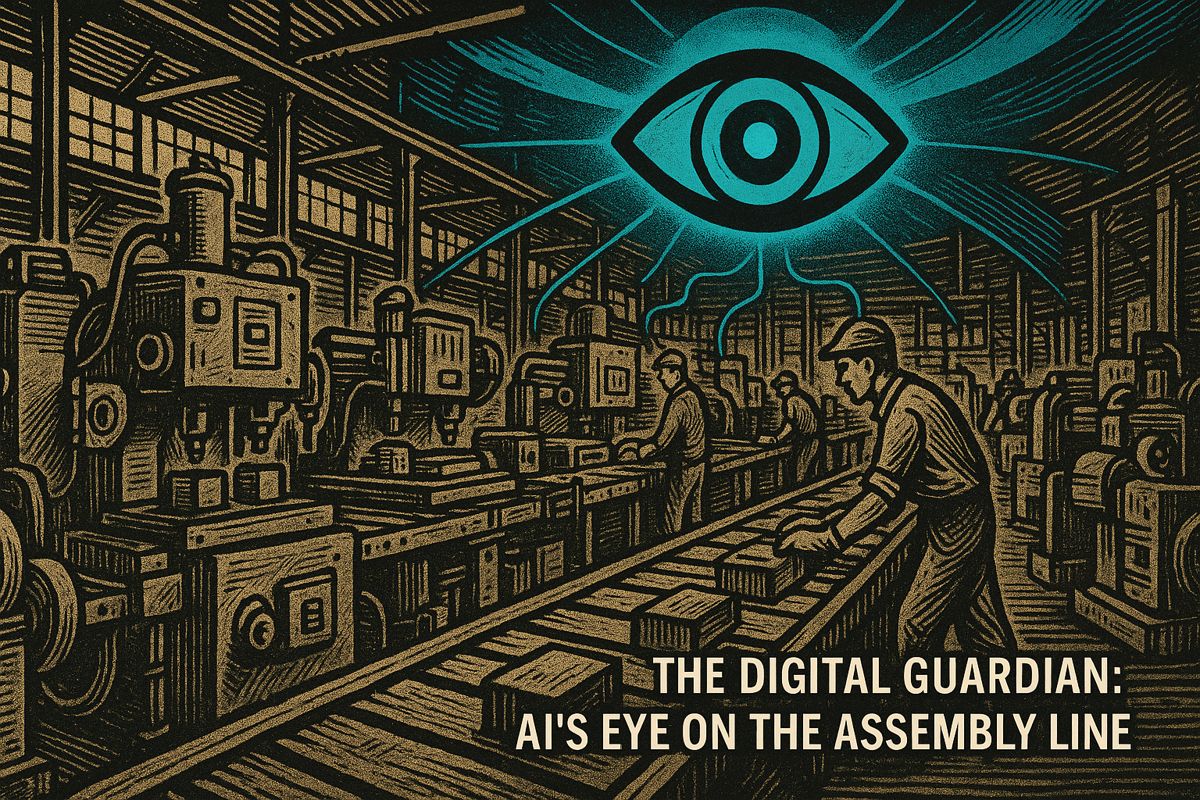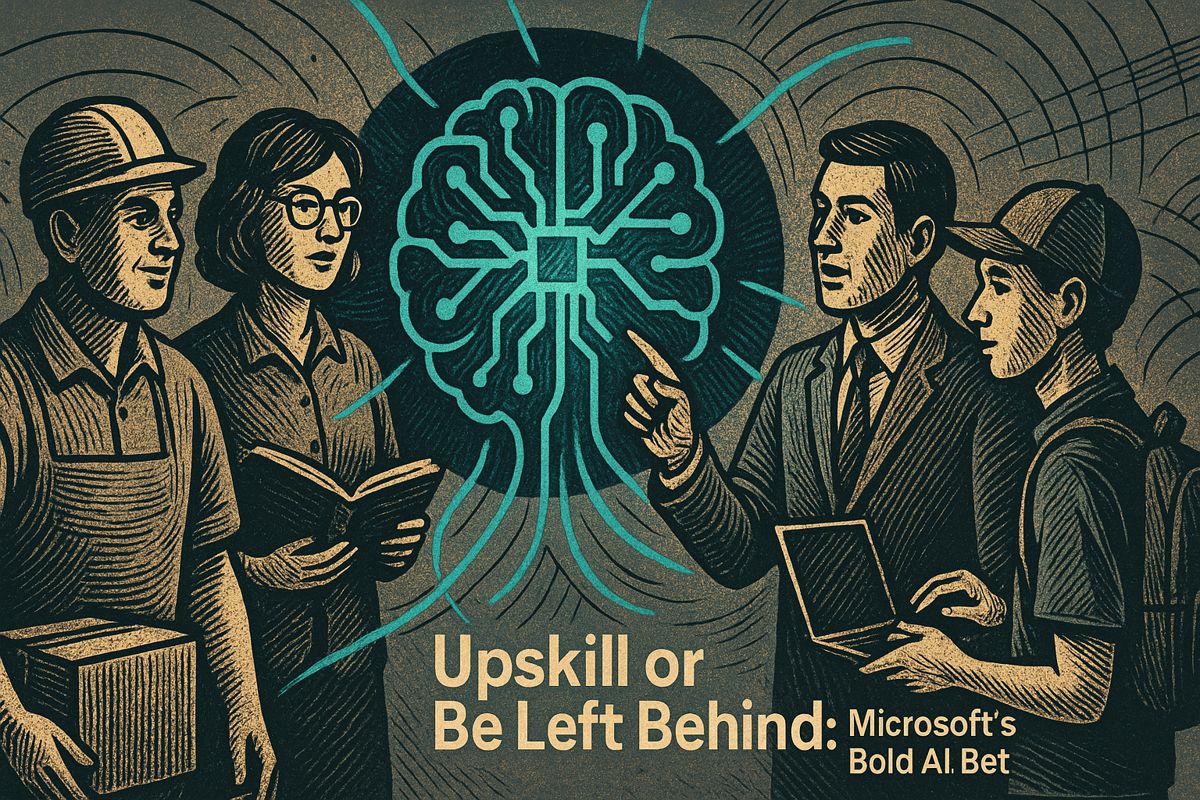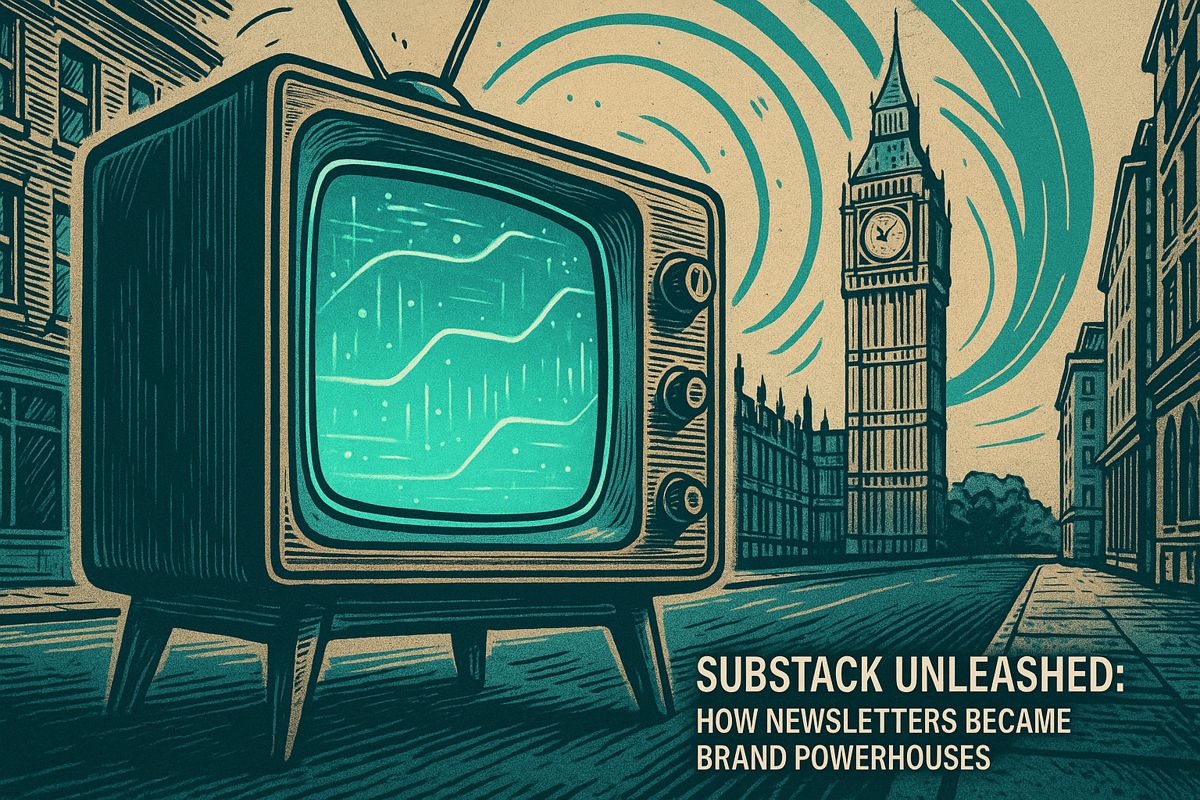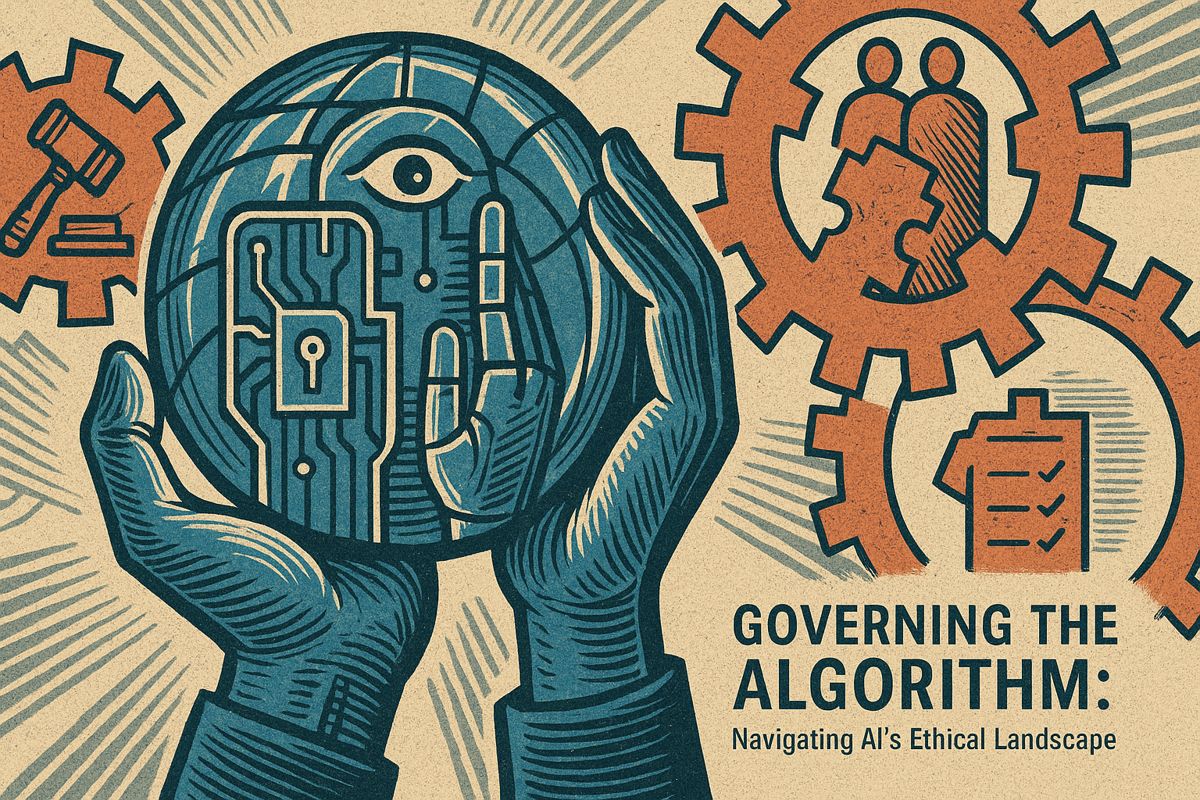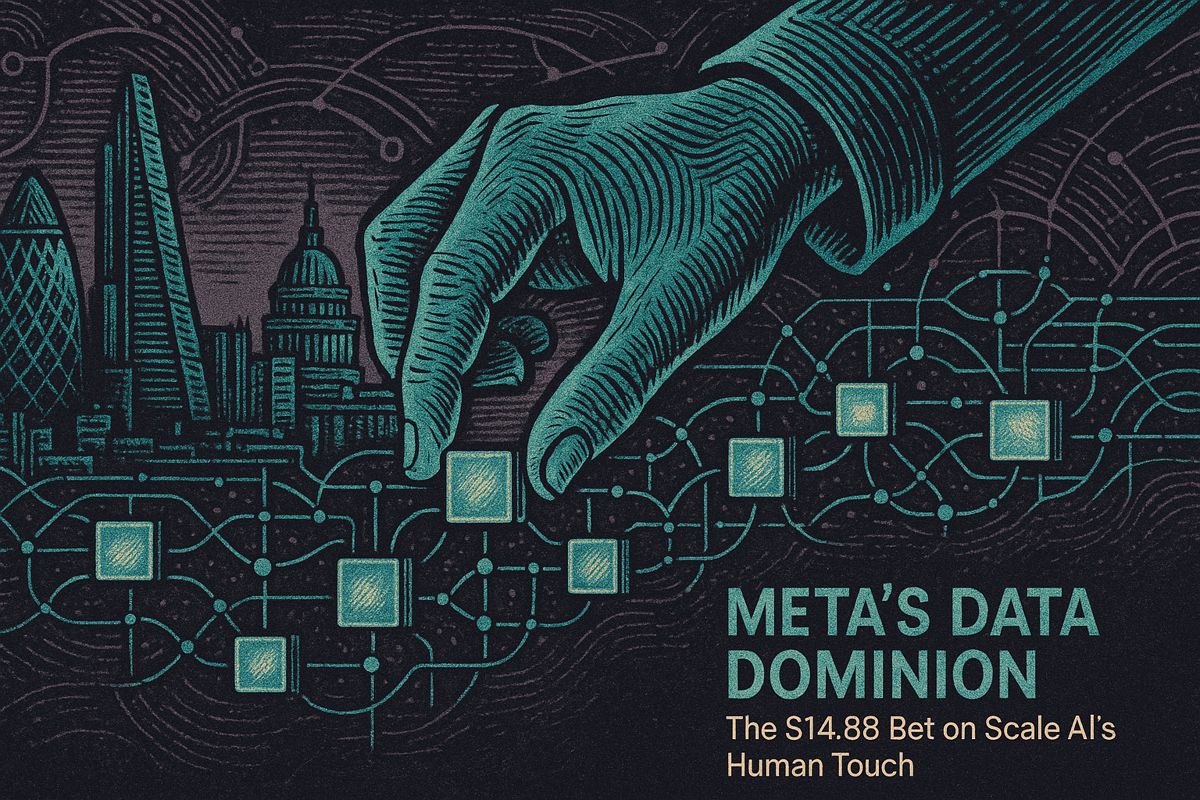Retrocausal’s special AI uses regular cameras to spot what slows things down or hurts workers.
How does Retrocausal’s AI enhance manufacturing efficiency?
Retrocausal’s AI utilizes computer vision and machine learning with existing cameras to identify production bottlenecks and ergonomic risks. By providing real-time, actionable insights, it helps manufacturers reduce scrap rates, improve processes, and empower workers. The system acts as a digital copilot, offering timely feedback for continuous improvement without requiring extensive system overhauls.
Remembering Breakdown Blues
Sometimes, I hear a bit of tech news and it yanks me right back to a sticky summer night at the old Visteon plant. There I was, pacing between humming machines, chasing a sluggish conveyor belt that simply refused to behave. The air crackled with static and frustration – I swear I could smell burnt rubber. We blamed a jam, but, honestly, none of us had a clue. The clock’s hands crawled, costs ballooned, and I remember feeling a cold pit of helplessness. Ever been there?
Years later, over burnt diner coffee with Rick, my former line partner, I catch him rubbing his bloodshot eyes. “Still pulling graveyards?” I ask. He laughs, but it’s hollow. “Wish we had something actually watching out for us. Something that knew what was coming before we did.”
That’s why Retrocausal’s new AI suite caught my eye. Could this be that guardian angel – or just another overhyped dashboard?
Peering Beneath the Surface
Retrocausal’s tools don’t just see snags, they sniff out the why. That’s the kicker. Rather than grumbling, “Machine 12 is slow,” you get, “Operator’s slowed by a clumsy bin location.” That’s the difference between a Band-Aid and surgery, if you ask me. The system leans on computer vision and machine learning, using ordinary webcams and even smartphones to feed a steady stream of visual data into neural networks trained to notice patterns, deviations, and ergonomic risks. Imagine Sherlock Holmes with a GoPro strapped to his bowler.
Privacy? They swear by it – facial blurring, data isolation, no creepy boss-cams. I’ve seen enough Black Mirror to worry, but Retrocausal ticks that box.
And, boy, the results aren’t fluff. At a medical device manufacturer (think: Medtronic or Stryker), scrap rates reportedly plunged from 30% to 3% post-installation. That’s not just money – it’s the difference between a crew clocking out proud or demoralized. Still, a hint of skepticism lingers. Are these numbers cherry-picked? Maybe, but if even half of it holds true, it’s a revelation.
From Automation to Augmentation
Retrocausal’s approach genuinely feels human-centric. Instead of painting the shop floor with robots, it gives line workers something oddly comforting: a digital copilot. Let’s be straight—most factories, whether in Detroit or Osaka, still run on sweat, intuition, and coffee. This AI acts like a backstage prompter, nudging you when you’re about to misplace a bolt, or over-torque a screw. It’s not about replacement. It’s about backup. I caught myself grinning, remembering all those times I wished for a second pair of eyes.
What about installation? Turns out you don’t need to gut your legacy system. Retrocausal plays nice with everything from MES platforms to humble barcode scanners – nothing like those integrations that feel as endless as a Russian novel. They promise hours, not weeks. Is that always true? I’d have to see it to believe it, but it’s a hopeful pitch.
Feedback is where the system sings. Continuous improvement, that sacred cow of the Toyota Production System, only works if people get good, timely feedback. Retrocausal’s platform automates breakdowns, suggests improvements, and does it all straight from video analysis. My old notebooks full of chicken-scratch root cause lists? Relics now.
The Big Picture: Where Tech Meets Grit
Factories fusing IT and OT, like those in Siemens’ or ABB’s case studies, are leaping ahead. Retrocausal gets it. They’re building for secure, enterprise-scale rollouts, and for once, the tech feels… less intimidating, somehow. Maybe it’s the friendly UI, maybe it’s the way adoption is led by plant managers, not distant innovation teams. And now, thanks to ChatGPT and its ilk, AI’s less the Frankenstein’s monster and more the trusty lab assistant.
I admit, I’m excited – and a bit anxious. Could this finally be the end of those shadowy, interminable night shifts, or is it just a mirage? Time will tell. For now, if you’re curious, head to Retrocausal’s site or their blog for a deep-dive into what AI-driven lean manufacturing actually looks like. You’ll hear stories, numbers, and maybe even smell that faint tang of ozone from a rejuvenated production line.
Curiosity piqued.
- Dan

